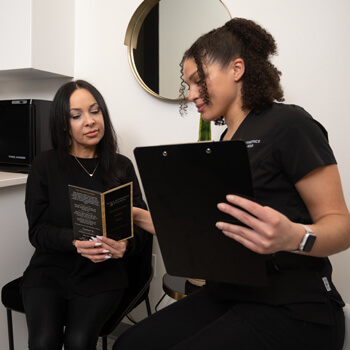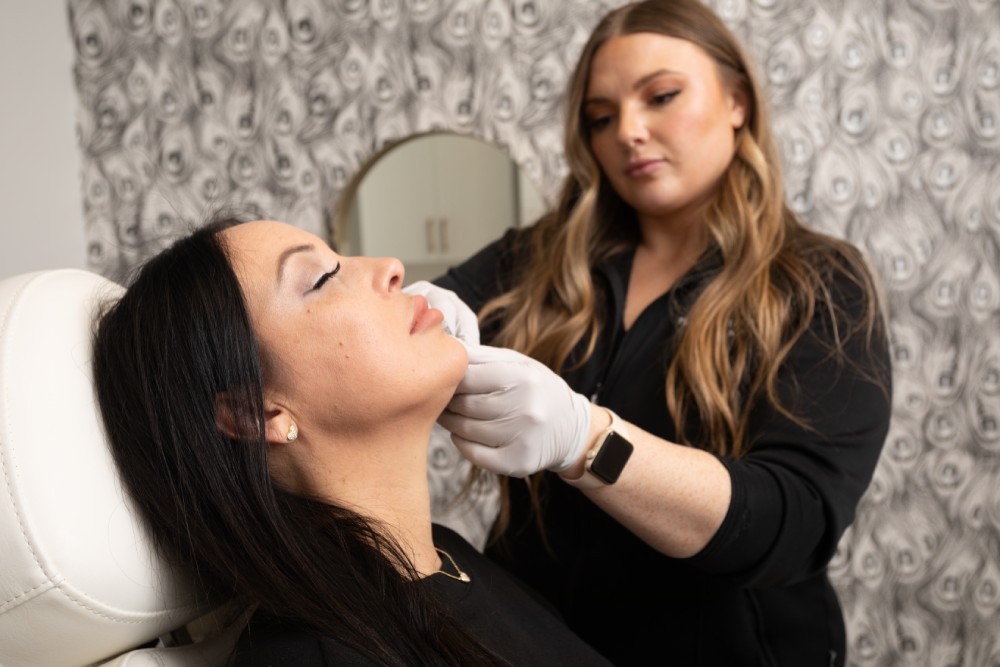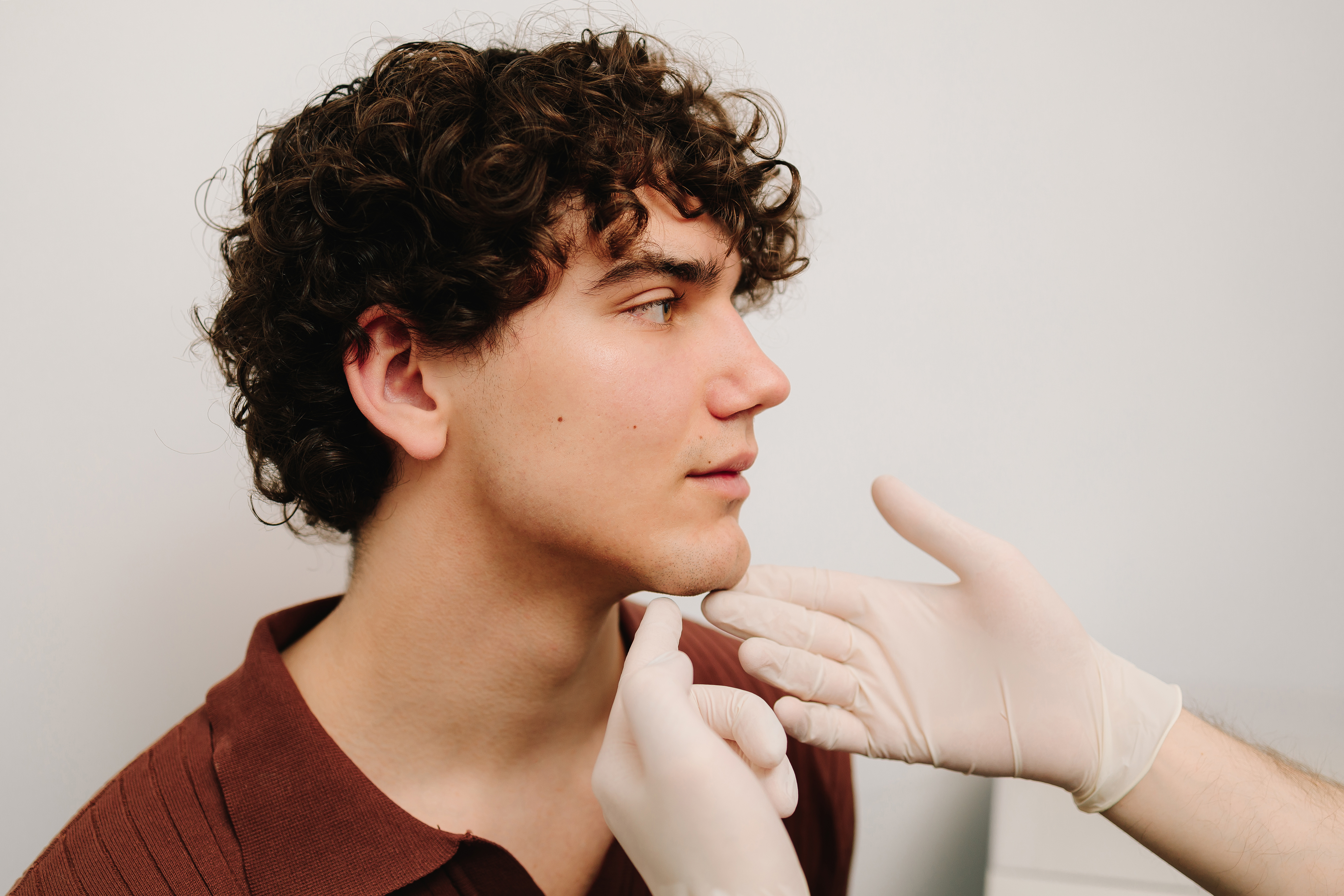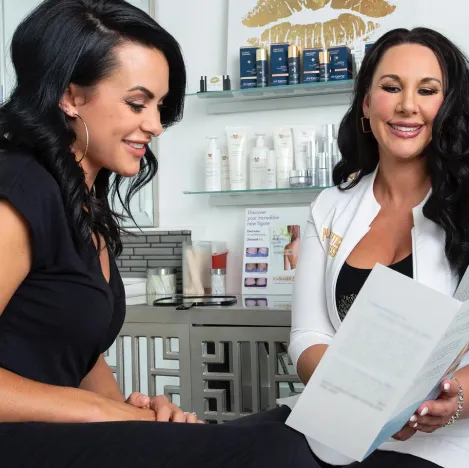Skin laxity is a natural part of aging. Collagen fades, elasticity dips, and gravity steps in. You wake up one day and notice your jawline isn’t as crisp, your cheeks seem lower, and your neck feels a bit softer than you remember.
But here’s the good news: You don’t need surgery to fight the sag. Enter the PDO Thread Lift—a refined, non-surgical treatment that lifts, sculpts, and rejuvenates the face and neck with no scalpel, no general anesthesia, and minimal downtime.
It’s one of the most elegant ways to refresh your look while keeping your natural contours intact. And while the lift is immediate, the real magic happens after the treatment—if you give your skin the support it needs.
So if you’ve booked a PDO Thread Lift or you’re just starting your research, this is your ultimate guide to post-treatment care that makes your results smoother, tighter, and longer-lasting.
What Is a PDO Thread Lift?
A PDO (Polydioxanone) Thread Lift uses ultra-fine, medical-grade threads inserted beneath the skin to lift and reposition sagging tissue—commonly in the cheeks, jowls, jawline, brows, and neck. Once in place, these threads act like scaffolding for the skin, lifting areas that have lost volume or definition.
But it doesn’t stop there. As the threads gradually dissolve over several months, they stimulate collagen production, which improves skin texture, firmness, and elasticity long after the threads are gone. Think of it as a collagen cheat code—instant lift now, deeper renewal later.
PDO Thread Lifts are often used alongside dermal filler injections, Botox injections, or Juvederm® fillers to achieve more comprehensive facial rejuvenation, especially for those not quite ready for a surgical facelift.
Post-Procedure Power Moves: Your Aftercare Strategy
The magic of a PDO Thread Lift is only as powerful as the care that follows it. Aftercare isn’t just a list of “don’ts”—it’s an intentional part of your healing journey that protects your results, minimizes downtime, and enhances your skin’s natural collagen response.
Think of this phase as your way of partnering with your treatment—so it works with your body, not just on it. Here’s how to give your skin the reset, rest, and radiant energy it needs to maximize the outcome:
1. Let Your Face Rest (No Over-Expressing)
After your thread lift, your facial tissue is adjusting to the subtle shifts in contour. The threads need time to “settle,” which means every exaggerated movement—laughing too hard, yawning wide, or chewing gum—can disrupt their positioning.
Taking a few days to keep facial expressions soft and controlled gives your skin the chance to adapt to its new lifted state. Talk normally, smile gently, and opt for softer foods that don’t demand heavy jaw activity. It may feel odd at first, but your results will thank you later.
2. Ditch the Pressure (Hands Off Policy)
Tempted to touch your face to feel the change? Don’t. Pressure, even unintentional, can impact thread alignment and healing. This includes:
- Sleeping on your side or stomach
- Rubbing your face when washing
- Wearing tight-fitting face masks or headbands
Instead, sleep on your back with your head elevated, and use your fingertips lightly when cleansing. Think of your face like fresh clay—it needs time to set without being poked or smudged.
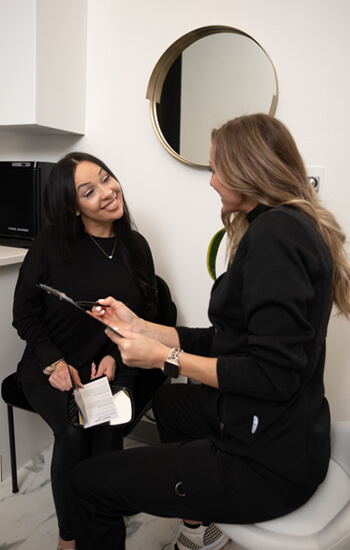
3. Pause the Workout Routine
Movement is medicine, but too much too soon can backfire. Exercise raises your heart rate and increases blood flow, which may intensify swelling or delay healing around the thread insertion sites.
Avoid:
- High-intensity workouts
- Hot yoga or heated fitness classes
- Strength training that involves straining or holding your breath
After about a week, you can ease back into movement—starting with walking or stretching. The goal is to support circulation without overwhelming the delicate healing phase.
4. Stick With Gentle Skincare
Your usual skincare regimen might include active ingredients that support cell turnover, but now is the time for simplicity.
For the first 5 to 7 days:
- Skip acids like glycolic, lactic, and salicylic
- Pause retinol or retinoids
- Avoid exfoliation, even with physical scrubs
Instead, focus on hydration and barrier support. A mild cleanser, calming toner, hyaluronic acid serum, and non-comedogenic moisturizer are your go-tos. And don’t skip SPF—your skin is more sensitive post-treatment, and sun protection is essential to prevent hyperpigmentation.
5. Say No to Alcohol and Smoking
Your body needs every ounce of its healing power—and toxins like alcohol and tobacco only slow that down.
Alcohol acts as a vasodilator, which can increase swelling and bruising during the first few days. Smoking, on the other hand, restricts blood flow and reduces oxygen levels in the skin, which can delay healing and diminish collagen production (the very thing your PDO threads are trying to stimulate!).
If possible, pause both habits for at least a week. Think of it as a detox for your glow.
6. Ice Strategically (But Gently)
A little swelling is expected—it means your body is doing its job. But if you’re looking for a way to stay comfortable and reduce puffiness, cold compresses are your best friend.
Here’s how to do it right:
- Use a clean ice pack wrapped in a soft cloth
- Apply for 10-minute intervals
- Avoid direct skin contact or applying too much pressure
- Never massage while applying cold
This not only reduces inflammation but also helps soothe tenderness or tightness you might feel in the first couple of days.
7. Embrace Patience: Results Take Time
PDO Threads offer immediate lifting, but the collagen-stimulating effects are progressive. Most patients begin seeing enhanced definition, texture improvement, and firming between weeks 4 to 12—and results can continue to evolve for up to 6 months.
During this window, it’s normal to experience:
- Mild asymmetry
- Tension or tightness along the thread path
- Slight puckering that resolves on its own
Trust the process. Your skin is building its own scaffolding beneath the surface—and that takes time. The transformation is gradual, but deeply rewarding.
8. Pair With Other Rejuvenating Treatments (But Space It Out)
PDO Thread Lifts shine brightest when part of a thoughtful non-surgical facial rejuvenation plan.
Pairing with:
- Botox injections to relax dynamic wrinkles
- Dermal filler injections for volume loss
- Juvederm® fillers for lips or cheeks
- Hyaluronic acid fillers to hydrate and smooth
…can create an elegant, layered refresh that feels balanced and completely natural.
Just remember: spacing is key. Let your threads integrate fully before adding more treatments—your provider will typically recommend waiting 2 to 4 weeks before additional procedures to avoid overwhelming your skin.

Is PDO Thread Lift Aftercare Really That Important?
Yes. Without a doubt. Think of it this way: PDO threads are like scaffolding for your skin. And just like building a house, that framework needs to set before you start painting the walls.
By following these aftercare steps, you allow your skin to heal beautifully, minimize inflammation, and help your threads last longer—which means more lift, more glow, and more confidence with every glance in the mirror.
Glowing Skin Starts with Smart Aftercare
At Plaza Aesthetics & Wellness in Kansas City, MO, every PDO Thread Lift is treated like a work of art—and art needs time, space, and intention to unfold.
Whether you’re looking for a non-surgical facelift alternative, a way to complement your dermal filler injections, or a long-term solution for sagging skin, PDO Thread Lift offer elegance without downtime.
But the real results? They come from how you care for your skin after the treatment. So lift smart, heal intentionally, and trust the process. Your most sculpted, radiant self is just getting started.

